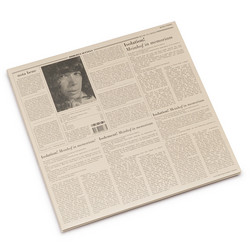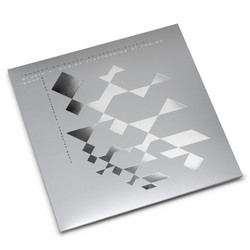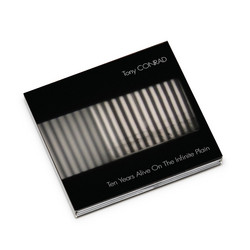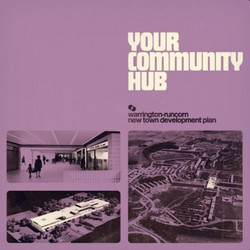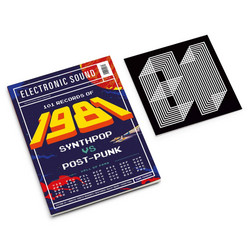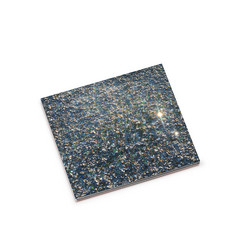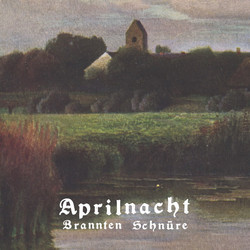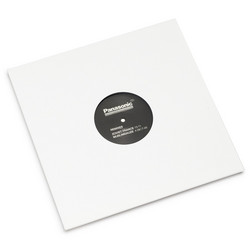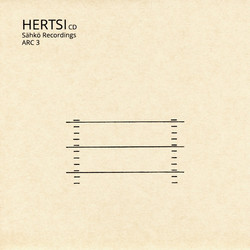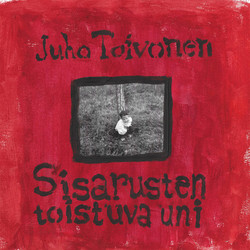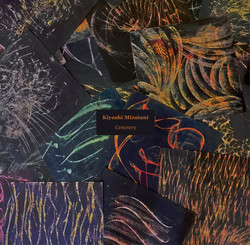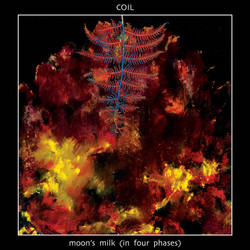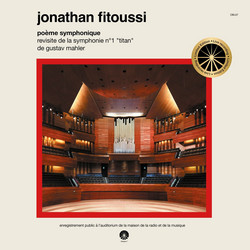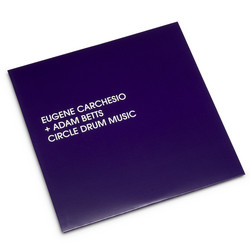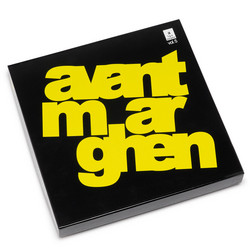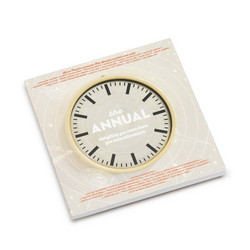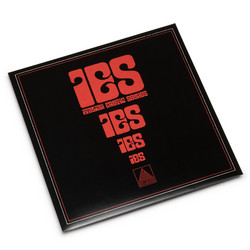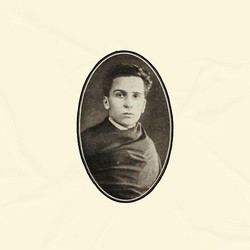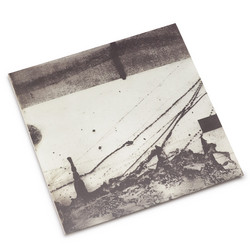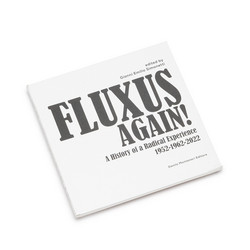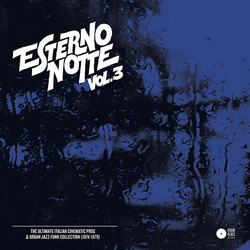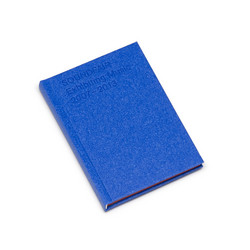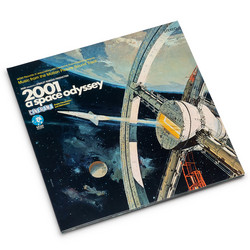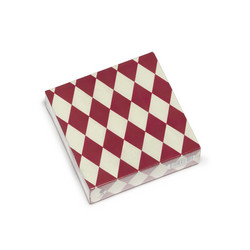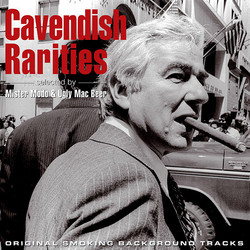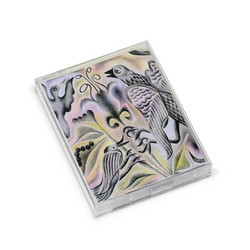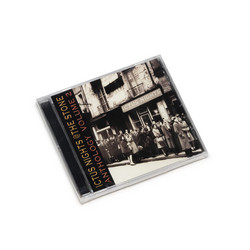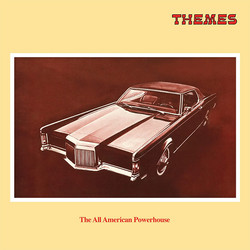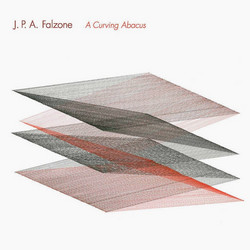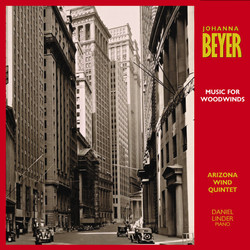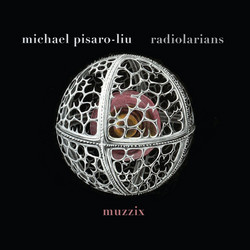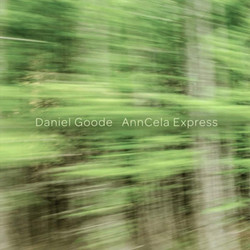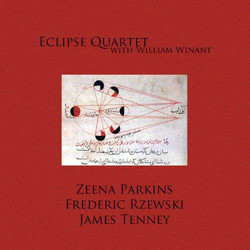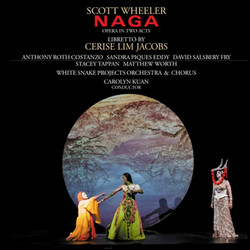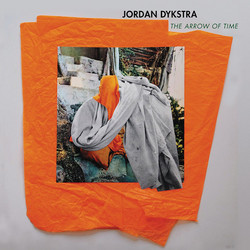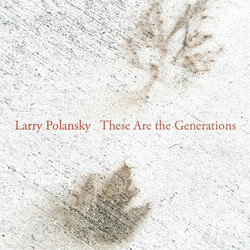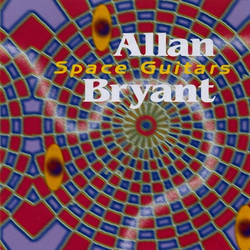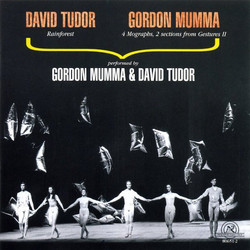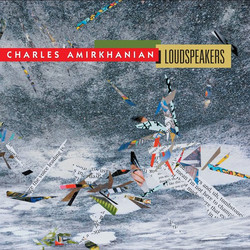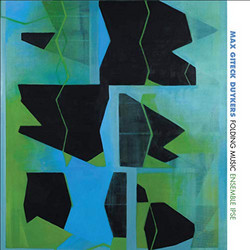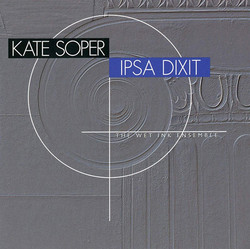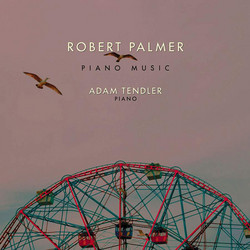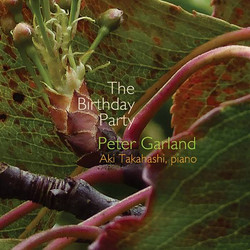Various
New Music For Electronic And Recorded Media: Women In Electronic
It’s becoming difficult to recall the United States music scene without a prominent contingent of women composers, now that Joan Tower, Meredith Monk, Shulamit Ran, Chen Yi, and Joan La Barbara, among others, appear with increasing regularity in classical music venues. But when the present anthology was released by Tom Buckner’s pioneering label, 1750 Arch LP, in Berkeley in 1977, nothing comparable was available. The original album title intentionally contained no reference to the gender of its participants. New Music for Electronic and Recorded Media was taken from a similarly named graduate degree program in the Music Department at Mills College in Oakland, from which many women (alongside many men) emerged as successful composers following their study of electronic music with Pauline Oliveros, Anthony Gnazzo, Robert Ashley, Maggi Payne, David Behrman, Paul de Marinis, and other supportive and innovative faculty.
As producer of this collection, I brought to the project many years of interest in the fate of the careers of female composers, including elder stateswomen Germaine Tailleferre and Peggy Glanville-Hicks, two particular favorites. When I discovered the iconoclastic scores of Johanna Beyer languishing in obscurity at the American Music Center archive in 1965, her curiously truncated career pointed out the complications confronting women composers, who naturally wanted to be taken as seriously as their male counterparts. Thankfully, times are better now for women composers and opportunities somewhat more plentiful.
It should be noted that 1750 Arch frequently limited its LPs to twenty-two minutes per side in order to obtain the highest-quality playing surface for its releases. Therefore, in the case of this anthology, several pieces (including those of Annea Lockwood and Megan Roberts) are heard in condensed form. In order to replicate this historical release, no effort has been made to re-introduce longer segments of those works or to add other works. The original liner notes are also reprinted in their entirety.
Notably too, this anthology marked the first commercial LP appearance of Laurie Anderson. Philip Glass recommended her to me just as the anthology was being completed. When her sample tape of five brief but provocative selections arrived from New York, it was difficult to choose from among the various offerings, and finally I decided to include two instead of one. Shortly thereafter Anderson performed in the Mills College Student Union to an audience of no more than twenty people, confirming her then-total obscurity. What a pleasure, therefore, to witness the subsequent stratospheric trajectory of her career a few short years later.
Some notes on the other participants: The rehearsal session for Johanna Beyer’s Music of the Spheres took place at the home of Allen Strange, who had painstakingly arranged the instrumental music, full of glissandi, for electronic instruments. The one acoustic sound in this performance is that of a triangle, and during the course of the afternoon it became apparent that the designated player simply couldn’t strike the instrument with the restraint of a trained percussionist. I volunteered to take over the job and thus became a part of the ensemble. This performance was the first act of what now is a full-blown revival of Beyer’s music, complete with publications (Frog Peak Press) and performances (notably by Essential Music in New York). The electronically programmed lion’s roar (this was before the availability of digital sampling) seemed an effective attempt to imitate this percussion instrument popular in the thirties with Varèse, Cowell, and others. Although a work of Beyer’s appeared on a 78-rpm subscription release by Henry Cowell’s New Music label, this marked the first commercial release of her music on recording. So too, this disc presented first appearances on disc of Laurie Spiegel, Megan Roberts, and Ruth Anderson.
Annea Lockwood, now a tenured faculty member at Vassar College, has enjoyed a stellar career as an inspiring teacher as well as an innovative musician. A more complete version of World Rhythms is available on the Experimental Intermedia (XI) label.
Pauline Oliveros continues to inspire audiences internationally with her active schedule of performing, composing, teaching, and organizing. Her nonprofit organization, the Pauline Oliveros Foundation, located in Kingston, New York, has successfully underwritten numerous projects of hers and other composers.
Laurie Spiegel, who has since invented an ingenious interactive computer program, Music Mouse, continues to live and compose in New York City. Her cavernous flat on Duane Street, once the end of the deserted Earth in southern Manhattan, now has been engulfed by the almost total gentrification of Tribeca, but Spiegel herself maintains a purity of artistic purpose and integrity which is incredibly admirable.
Megan Roberts, a true forerunner, was one of the earliest “punk” electroacoustic composers in new music. I Could Sit Here All Day, filled with obsessive and cathartic wailing, is meant to be experienced at full volume, and presages the work of Diamanda Galas, for one. Megan currently resides in Ithaca, New York.
Ruth Anderson, now retired from Hunter College’s music faculty, lives in upstate New York and Montana. Among her recent works, the beautiful text-sound, phonetic rendering of Louise Bogan’s poem “Little Lobelia,” using only its vowel sounds, has been released on an XI compact disc.
Finally, Laurie Anderson’s most recent work continues to be issued by Warner Brothers, for whom we are grateful for permission to reproduce these two early works. In 1994, her book Stories from the Nerve Bible, an engrossing twenty-year retrospective of her work from 1972 to 1992, was released by Harper Perennial.
It is a great pleasure to have the present compilation re-released by the distinguished firm of Composers Recordings, Inc. Over the years, the rarity of this album has frustrated numerous aficionados, and single copies reputedly have traded hands for hundreds of dollars. But the very rumor of this project and its original release gave great encouragement to the composers involved and to women composers in general and that in itself has made this a very satisfying undertaking.


